Vacation plans were set, and Kate had a UTI (urinary tract infection) starting. Her doctor prescribed an antibiotic, and the family hit the road. Day three of the trip, she developed a fever and felt light-headed with lower-than-normal blood pressure. Since she also has diabetes, her doctor sent her to the emergency room – she was in septic shock. Kate survived sepsis after multiple days in ICU, thanks in part to knowing when to call her doctor, going to the ER, having her medical information with her and knowing the signs of sepsis.
What is sepsis?
Sepsis is the body’s response to infection, not the infection itself. Any infection can cause sepsis: the flu, COVID, abscessed tooth, skin tear, bed sore – even a bug bite. In older people, pneumonia and UTIs are the most common infections and a change in mental status is often the first sign. Sepsis is often mistakenly called blood poisoning. It’s deadly, and it kills, and like strokes and heart attacks, sepsis is time-sensitive, requiring rapid diagnosis and treatment. Every hour sepsis is not treated, the risk of death increases. In fact, it’s the third leading cause of death in California and the US.1
Who is at risk?
Infants and seniors are at highest risk, as well as people with chronic and serious illnesses such as cancer or diabetes, and those with impaired immune systems. More than 80% of sepsis occur in those 50 years and older.
What are the symptoms? Sepsis is a toxic response to an infection. There is no one single sign or symptom, rather a combination of symptoms. Symptoms can include any of the following:
Temperature: Higher or lower than normal
Infection: May have signs and symptoms of an infection
Mental Decline: Confused, sleepy, difficult to rouse
Extremely Ill: Severe pain, discomfort, shortness of breath
Health care professionals should also look for other signs such as high white blood cell count, low blood pressure, low oxygen level and other lab results. Remember, when it comes to sepsis, it’s about TIME.
How can you help prevent sepsis?
Vaccines. The flu, chicken pox and COVID are all caused by viruses. Vaccines can prevent many viruses and illnesses; by preventing illness, vaccines prevent sepsis deaths.
Hand washing. Properly and frequently. Remove jewelry. Use soap and water for visibly dirty, or hand sanitizers when not visibly dirty but you know they need cleaning.
Antibiotics. Bacterial infections caused by a cut, bug bite, bladder or even pneumonia will likely require antibiotics. Some bacteria are becoming resistant to antibiotics due to overuse or misuse. If you are prescribed antibiotics, take exactly as prescribed (antibiotics do not work on viruses).
Wound care. Breaks in the skin, including surgical incisions, can allow bacteria in and cause infection. Keep all wounds clean and monitor for signs of infection: redness, warm-to-touch, pain or discharge. Wash hands before touching a wound. If it’s deep, it may need stitches, otherwise soap, water and antibiotic cream. Do not pop or break blisters as they are protective barriers!
To advocate for yourself or a loved one, say these words to health care professionals in the ER, doctor’s office or urgent care, “I’m concerned about sepsis because I/they have….” Speaking up with these words and your identification of symptoms can promote a quick diagnosis and waste less time, allowing for immediate treatment.
Dr. Porter is CEO/Founder of MyHealth.MyAdvocate in Palm Desert. She is an experienced health care professional with 30 years of nursing practice dedicated to advocating for patients, families and caregivers. For more information call (760) 851.4116 or visit www.myhealthmyadvocate.com.
Reference: 1) https://www.sepsis.org/wp-content/uploads/2021/01/Sepsis-in-California-fact-sheet.pdf






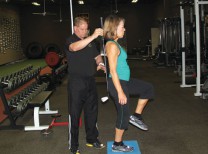


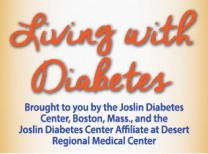
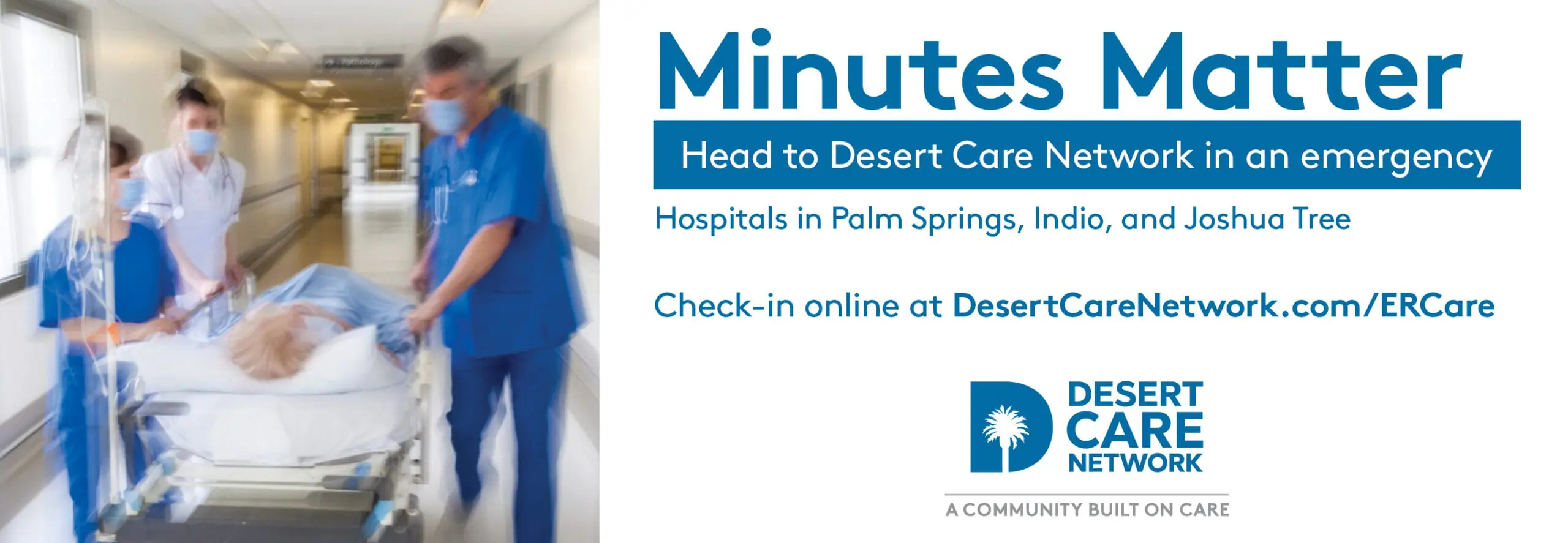
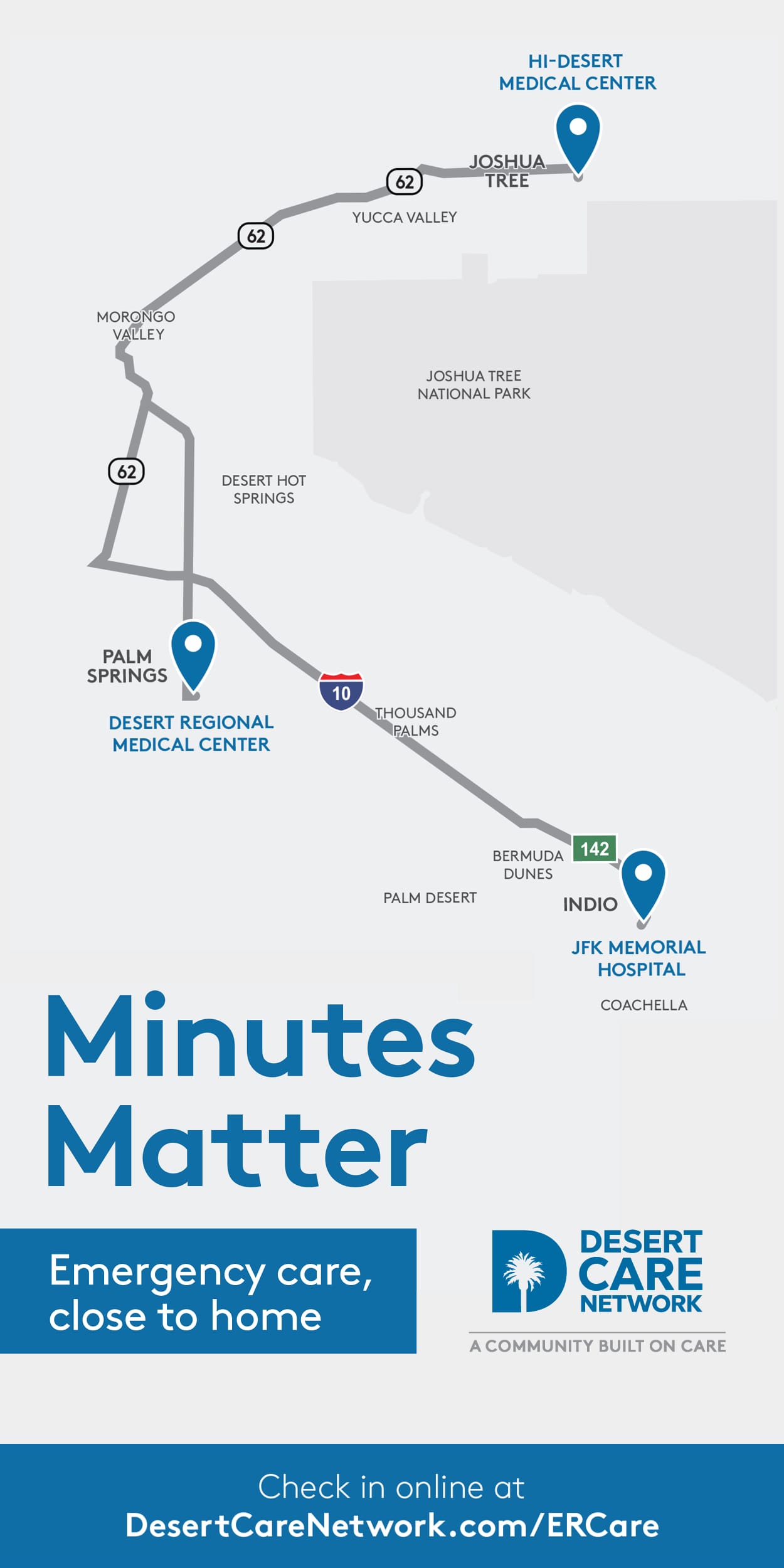
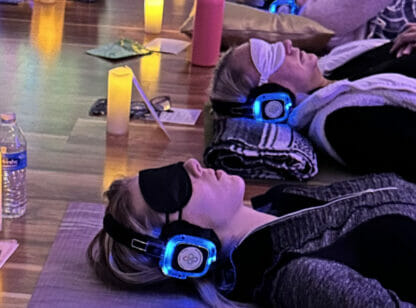
































Comments (0)